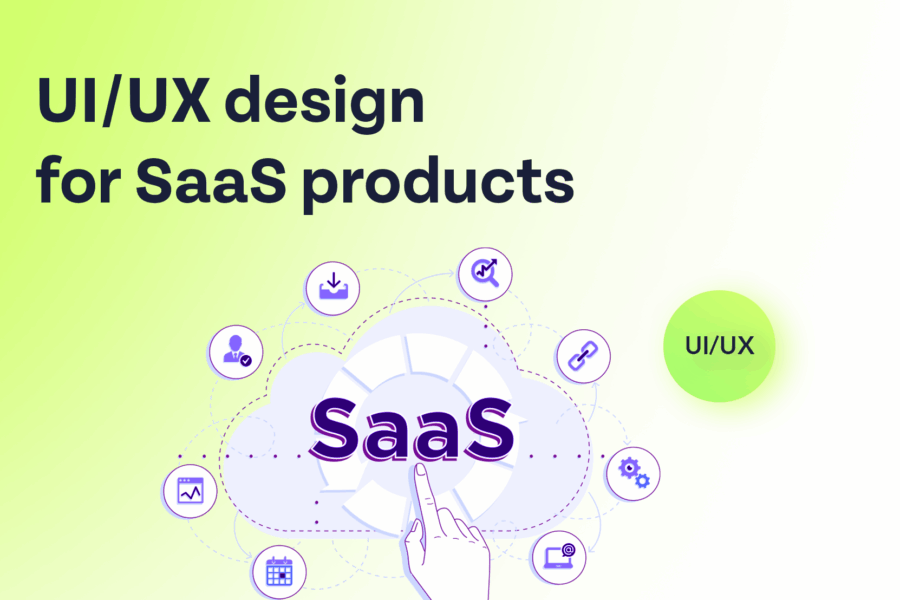Designing a Software-as-a-Service (SaaS) product can be a challenging task, but it’s also a great opportunity to create a product that can potentially reach a large audience and generate significant revenue. In this article, we’ll discuss the key factors to consider when designing a SaaS product.
- Define your target audience
Before you start designing your SaaS product, it’s important to define your target audience. Who is your product for? What are their needs, pain points, and goals? Understanding your target audience will help you design a product that meets their needs and will increase the chances of adoption.
- Understand the competition
Researching your competition is a crucial step in designing a SaaS product. Understanding what your competitors are offering and how they go about it can help you identify gaps in the market and design a product that stands out. It’s also important to consider how your product will differentiate itself from the competition, whether it be through unique features, pricing, or user experience.
- Define your product’s core features
Once you have a clear understanding of your target audience and competition, it’s time to define your product’s core features. What are the must-have features that will make your product stand out? It’s important to prioritize features based on their importance and potential impact on the user experience. Keep in mind that it’s better to start with a minimum viable product (MVP) and gradually add features based on user feedback.
- Create a user-friendly interface
A user-friendly interface is key to the success of a SaaS product. Make sure your product is easy to navigate and intuitive to use. Consider the visual design, layout, and typography of your product. Use consistent design patterns and make sure the user interface is responsive and works well on different devices.
- Ensure scalability and reliability
A SaaS product should be designed with scalability and reliability in mind. Make sure your product is capable of handling a growing number of users and data. Consider using cloud-based infrastructure and services that can scale as your product grows. It’s also important to ensure that your product is reliable, with minimal downtime and fast response times.
- Test and iterate
Finally, it’s important to test your product and iterate based on user feedback. Conduct usability tests and gather feedback from early adopters to identify areas for improvement. Continuously iterate and improve your product based on this feedback.
- Consider pricing and monetization
Pricing and monetization strategies are crucial to the success of a SaaS product. Consider how you will price your product, whether it be through a subscription model, a usage-based model, or a freemium model. It’s also important to consider how you will monetize your product beyond the initial sale, such as through add-ons or integrations with other products.
- Ensure data security and privacy
Data security and privacy are critical considerations in SaaS product design. Make sure your product is designed with security in mind, with appropriate measures in place to protect user data. Consider using encryption, multi-factor authentication, and other security measures to ensure the safety of user data.
- Provide excellent customer support
Customer support is another key factor in the success of a SaaS product. Make sure your product is designed with customer support in mind, with easy-to-use help tools and responsive customer support channels. Consider offering self-service support options and creating a knowledge base to help users find answers to common questions.
- Plan for future growth
Finally, it’s important to plan for future growth when designing a SaaS product. Consider how your product will evolve over time, and plan for scalability and flexibility in your product design. Make sure your product is designed to accommodate new features, integrations, and user needs as your product grows.
In conclusion, designing a SaaS product requires careful consideration of the target audience, competition, core features, user interface, scalability, and reliability. By focusing on these key factors and continuously iterating based on user feedback, you can create a successful SaaS product that meets the needs of your target audience and stands out in the market.



